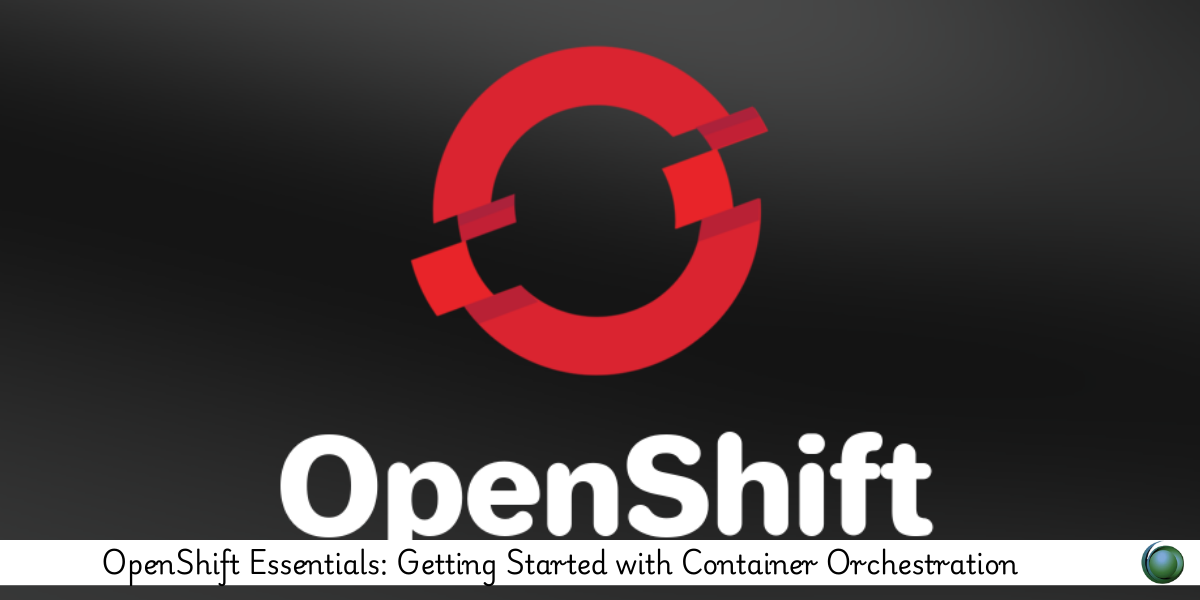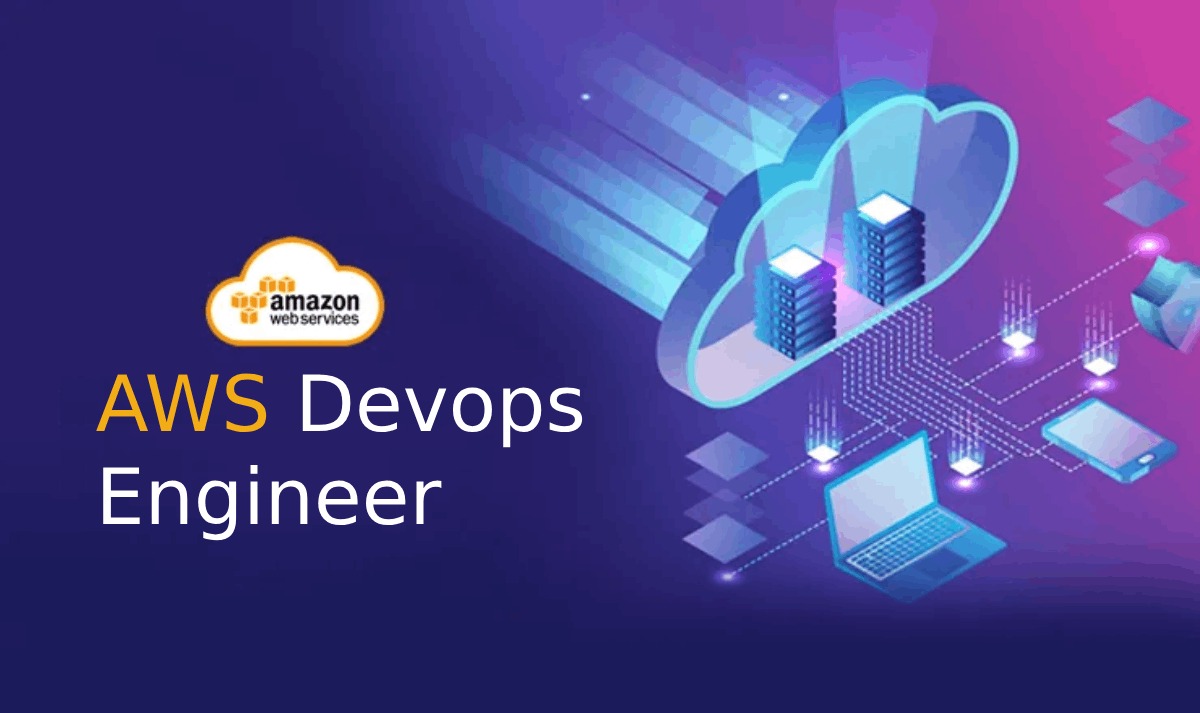Description
Introduction
OpenShift Essentials is a beginner-friendly training course designed to help learners understand and navigate the Red Hat OpenShift container platform. The course introduces the concepts of containers, Kubernetes, and orchestration while offering hands-on experience with OpenShift’s web console and CLI. Whether you’re a developer, system admin, or IT professional, this course provides the essential knowledge to start building, deploying, and managing containerized applications on OpenShift.
Prerequisites
-
Basic understanding of Linux command-line operations
-
Familiarity with containers and Docker is helpful but not required
-
General knowledge of application deployment or DevOps concepts (recommended but optional)
Table of Contents
1. Introduction to Containers and Orchestration
1.1 What Are Containers?
1.2 The Role of Orchestration
1.3 Overview of Kubernetes and OpenShift
2. OpenShift Architecture and Core Components
2.1 OpenShift vs Kubernetes
2.2 Control Plane, Nodes, and Services
2.3 Key OpenShift Features and Tools
3. Setting Up OpenShift
3.1 OpenShift Deployment Options
3.2 Accessing the Web Console and CLI
3.3 Creating and Managing Projects
4. Working with Applications
4.1 Pods, Deployments, and ReplicaSets
4.2 Creating and Exposing Services
4.3 Using Source-to-Image (S2I) for App Deployment
5. Managing Resources and Monitoring
5.1 Resource Quotas and Limits
5.2 Logs and Metrics Overview
5.3 Debugging and Troubleshooting Basics
6. Security and User Access
6.1 Role-Based Access Control (RBAC)
6.2 Managing Users and Policies
6.3 Best Practices for Cluster Security
7. Networking in OpenShift
7.1 OpenShift SDN Basics
7.2 Ingress, Routes, and DNS Management
7.3 Service Discovery and Load Balancing
8. Storage in OpenShift
8.1 Persistent Volumes and Claims
8.2 Dynamic Provisioning
8.3 Storage Classes and Access Modes
9. OpenShift Security Fundamentals
9.1 Role-Based Access Control (RBAC)
9.2 Service Accounts and Secrets
9.3 Managing Security Contexts
10. Troubleshooting and Best Practices
10.1 Common Issues and Resolutions
10.2 Using Events and Describe Commands
10.3 OpenShift Best Practices for Beginners
By the end of this course, learners will have a solid foundation in container orchestration using OpenShift. You’ll be equipped to manage projects, deploy applications, and understand the platform’s core functionalities. This training is the perfect launchpad for deeper learning in OpenShift administration or cloud-native development.







Reviews
There are no reviews yet.